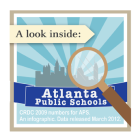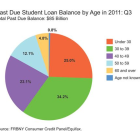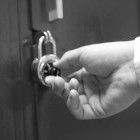
Higher Education Must Be Kept Affordable, Biden Says
|
Following the defeat by Senate Republicans of a bill that would have prevented student loan interest rates from doubling July 1, Vice President Biden addressed students and representatives from higher education and youth-service organizations about the importance of keeping college affordable and accessible. His remarks were preceded by a panel discussion with policy experts from the Domestic Policy Council, the Department of Education and the White House Office of Legislative Affairs. Update:
This morning, Biden talked about how it is a “gigantic priority” for the President and his administration to make higher education affordable and to prevent interest loans from doubling on July 1 of this year. He began by expressing how much he and the President appreciate people for participating in “this critical debate.” He called making higher education affordable his passion and his hobbyhorse, saying that the first bill he ever introduced helped more people qualify for Stafford loans. He then talked about his “typical middle class life” growing up and how his dad was so ashamed when he couldn’t get a loan to send his son to college.








